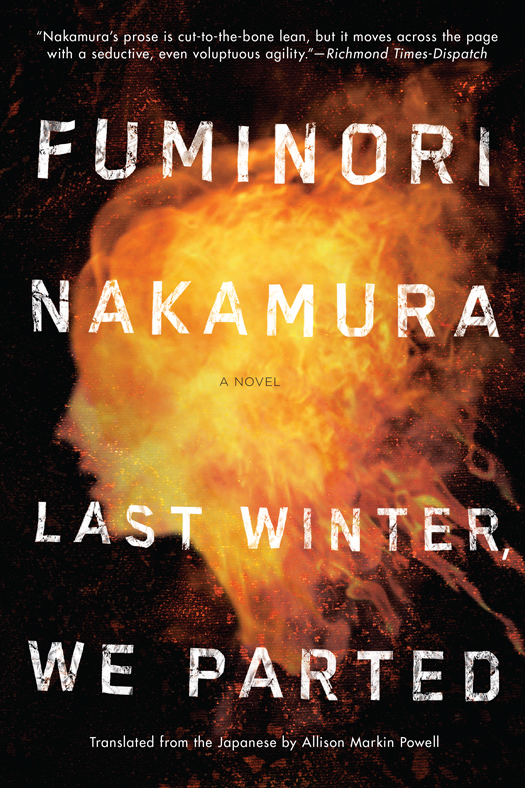
Last Winter We Parted
کتاب های مرتبط
- اطلاعات
- نقد و بررسی
- دیدگاه کاربران
نقد و بررسی

August 4, 2014
In this creepy if elegantly crafted standalone from Nakamura (Evil and the Mask), the narrator, a nameless young writer, gets assigned to pen an In Cold Blood–style exploration of Yudai Kiharazaka, a 35-year-old Tokyo art photographer awaiting execution for burning two models to death. With his curiously reticent subject demanding reciprocal personal confidences before he will share his secrets, the narrator starts approaching other sources, including Kiharazaka’s provocative older sister, Akari, who just might have blood on her own hands, as well as a mysterious doll maker who creates disturbing silicone replicas of clients’ dead loved ones. The more he learns, the greater his doubts about the case—and himself. As the shadow of a second writer begins to cloud the picture, and the story accelerates down the slippery slope separating love and obsession, the twisty—and twisted—turns it takes ambush narrator and reader alike.

October 15, 2014
In a story as claustrophobic as the prison cell housing its villain, a nameless, naive writer struggles to maintain boundaries while researching the life of a death row prisoner. Nakamura (Evil and the Mask, 2013, etc.) artfully mixes straight narration with snippets of (invented) archival material and correspondence to illustrate the life-and crimes-of Tokyo photographer Yudai Kiharazaka, soon to be executed for the murders of two women. The parallels between Truman Capote and his all-encompassing obsession with the Clutter murders that became In Cold Blood are evident-the writer's gruff editor even name-checks the nonfiction novel in an attempt to goad his employee into finishing the Kiharazaka book. A prominent photographer best known for a photograph called "Butterflies," Kiharazaka allegedly-his guilt becomes less and less of a certainty as the plot unspools, adding to the general feeling of unease-set two women alight in his studio and photographed them as their bodies burned. The writer soon realizes that interviewing his subject will be a more difficult endeavor than he bargained for: In an echo of the Hannibal Lecter/Clarice Starling "quid pro quo" arrangement, the writer finds himself divulging personal information in order to keep Kiharazaka talking. What happens outside the prison is arguably even more disturbing, as the writer meets Kiharazaka's older, mysterious sister Akari and a famed doll maker whose creations are eerily lifelike. Overwhelmed, the writer tries to back out of the project only to discover that he's hopelessly ensnared in the story. While the numerous narrative shifts require a fully engaged reader, the complex-and morally twisted-plot rewards with one unexpected punch after another.
COPYRIGHT(2014) Kirkus Reviews, ALL RIGHTS RESERVED.

December 1, 2014
In Nakamura's new novel (after The Thief), a young writer is asked to write the biography of a death row inmate who had burned two women alive, hoping to capture their fleeting essence in the flames. The book's dark, creepy aspect and twist at the end come as no surprise, as The Thief was a finalist for the 2012 Los Angeles Times Book Prize for Best Mystery/Thriller. But it also won Japan's prestigious Kenzaburo- O-e Prize, so the fluid language, sophisticated structure, and reflections on how we know what we know don't surprise, either. Chilling.
Copyright 2014 Library Journal, LLC Used with permission.

























دیدگاه کاربران